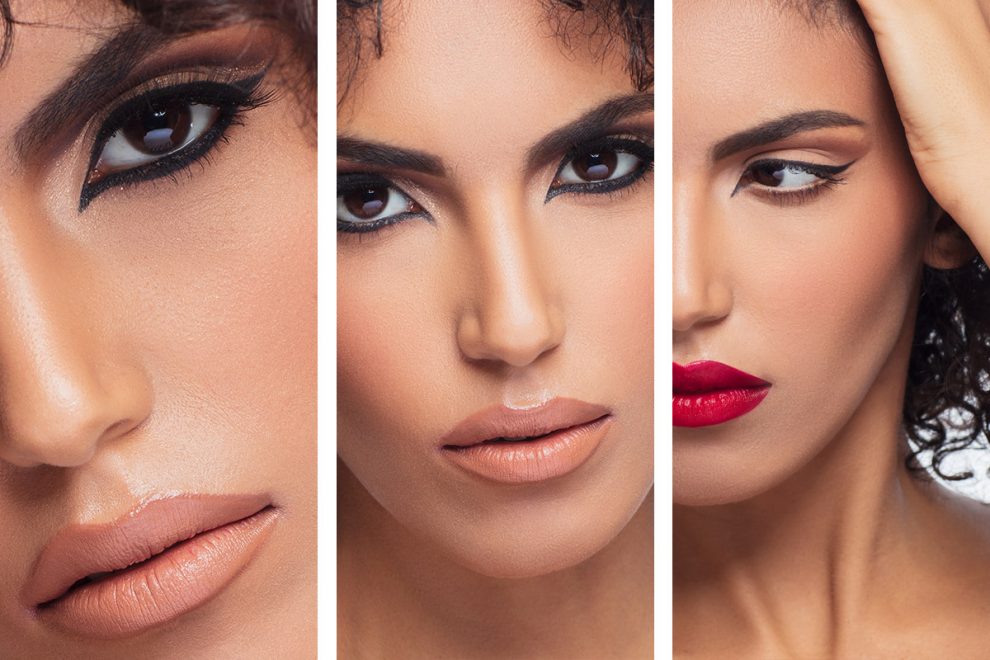Skin care is an essential part of our daily routine, and it’s no secret that a good skin care regimen can make a world of difference in how we look and feel. With so many products and techniques available, it can be overwhelming to know where to start. That’s why we’ve put together this ultimate skin care guide, packed with tips, tricks, and expert advice to help you achieve the glowing, healthy skin you’ve always wanted.
Chapter 1: Understanding Your Skin
Before we dive into the nitty-gritty of skin care, it’s important to understand the basics of our skin. Our skin is the largest organ in our body, and it serves many functions, including protecting us from environmental stressors, regulating our body temperature, and aiding in the production of vitamin D.
There are several types of skin, including normal, oily, dry, combination, and sensitive skin. Understanding your skin type is crucial in choosing the right products and techniques for your skin care routine.
Normal skin is balanced, with a smooth texture and a healthy glow. It’s not too oily or too dry, and it’s resistant to wrinkles and blemishes. Oily skin is characterized by an overproduction of sebum, which can lead to acne and blackheads. Dry skin, on the other hand, is lacking in moisture, leading to tightness, flakiness, and irritation. Combination skin is a mix of oily and dry skin, with areas like the T-zone (forehead, nose, and chin) being oily, while the cheeks and other areas are dry. Sensitive skin is easily irritated, prone to redness, and may be affected by allergies or environmental factors.
Chapter 2: Cleansing and Exfoliating
Cleansing and exfoliating are the first steps in any skin care routine. Cleansing removes dirt, makeup, and impurities from the skin, while exfoliating helps to remove dead skin cells and unclog pores.
There are several types of cleansers available, including foaming cleansers, cream cleansers, and oil cleansers. Foaming cleansers are great for normal to oily skin, while cream cleansers are better suited for dry or sensitive skin. Oil cleansers are excellent for removing makeup and sunscreen, and they can also help to balance the skin’s natural oil production.
Exfoliating can be done physically or chemically. Physical exfoliants include scrubs, brushes, and sponges, while chemical exfoliants include alpha-hydroxy acids (AHAs) and beta-hydroxy acids (BHAs). AHAs, such as glycolic acid and lactic acid, help to break down dead skin cells, while BHAs, such as salicylic acid, help to unclog pores.
Chapter 3: Hydrating and Moisturizing
Hydrating and moisturizing are essential steps in any skin care routine. Hydrating products help to attract and retain moisture in the skin, while moisturizing products help to lock in that moisture and protect the skin from environmental stressors.
There are several types of hydrating products, including serums, toners, and essences. Serums are concentrated formulas that contain active ingredients to address specific skin concerns, such as fine lines and wrinkles, uneven skin tone, or acne. Toners help to balance the skin’s pH level and remove any remaining impurities after cleansing. Essences are lightweight, watery products that help to hydrate and brighten the skin.
Moisturizers come in various forms, including creams, lotions, and oils. Creams are best for dry skin, while lotions are better suited for normal to oily skin. Oils, such as coconut oil, argan oil, and jojoba oil, help to nourish and protect the skin, while also providing a natural barrier against environmental stressors.
Chapter 4: Protecting Your Skin from the Sun
The sun’s UV rays can cause significant damage to our skin, leading to premature aging, wrinkles, and even skin cancer. It’s essential to protect your skin from the sun’s harmful rays by using sunscreen daily.
Sunscreen comes in various forms, including physical and chemical sunscreens. Physical sunscreens, such as zinc oxide and titanium dioxide, work by sitting on the skin’s surface and deflecting UV rays. Chemical sunscreens, such as oxybenzone and avobenzone, absorb UV rays and convert them into heat, which is then released from the skin.
The SPF (sun protection factor) of sunscreen refers to its ability to protect against UVB rays, which are the main cause of sunburn. The higher the SPF, the more protection the sunscreen offers. However, it’s important to note that SPF only measures protection against UVB rays and not UVA rays, which also contribute to aging and skin damage. Look for broad-spectrum sunscreens that protect against both UVA and UVB rays.
Chapter 5: Addressing Skin Concerns
We all have unique skin concerns that require special attention. Whether it’s acne, hyperpigmentation, fine lines and wrinkles, or uneven skin tone, there are products and techniques that can help to address these issues.
Acne can be caused by a variety of factors, including hormonal imbalances, clogged pores, and bacteria. To address acne, look for products containing salicylic acid, benzoyl peroxide, or tea tree oil. Hyperpigmentation, or dark spots, can be caused by sun damage, hormonal changes, or inflammation. Products containing vitamin C, niacinamide, or licorice extract can help to brighten and even out skin tone.
Fine lines and wrinkles are a natural part of aging, but they can be minimized with the help of products containing retinol, peptides, or hyaluronic acid. Uneven skin tone can be caused by sun damage, hormonal changes, or inflammation. Products containing vitamin C, niacinamide, or licorice extract can help to brighten and even out skin tone.
Chapter 6: Lifestyle Habits for Healthy Skin
Our lifestyle habits play a significant role in the health and appearance of our skin. A healthy diet rich in fruits, vegetables, whole grains, and lean proteins can help to support skin health. Foods that are high in antioxidants, such as berries, leafy greens, and nuts, can help to protect the skin from environmental stressors.
Staying hydrated is also essential for healthy skin. Drinking plenty of water throughout the day can help to keep the skin plump and hydrated. Limiting alcohol and caffeine intake can also help to maintain healthy skin, as both can dehydrate the skin and cause inflammation.
Getting enough sleep is also crucial for skin health. During sleep, our skin repairs and regenerates itself, so aim for 7-8 hours of sleep per night. Stress can also affect the skin, leading to inflammation and breakouts. Practicing stress-reducing techniques, such as meditation or yoga, can help to maintain healthy skin.
Achieving healthy, glowing skin requires a combination of the right products, techniques, and lifestyle habits. By understanding your skin type, cleansing and exfoliating regularly, hydrating and moisturizing, protecting your skin from the sun, addressing skin concerns, and practicing healthy lifestyle habits, you can achieve the radiant, healthy skin you’ve always wanted. Remember, skin care is a journey, and it may take time to find the right products and techniques that work for your skin. Be patient, stay consistent, and don’t be afraid to seek advice from skincare professionals. With the right approach, you can glow up and achieve the healthy, beautiful skin you deserve.
















Add Comment